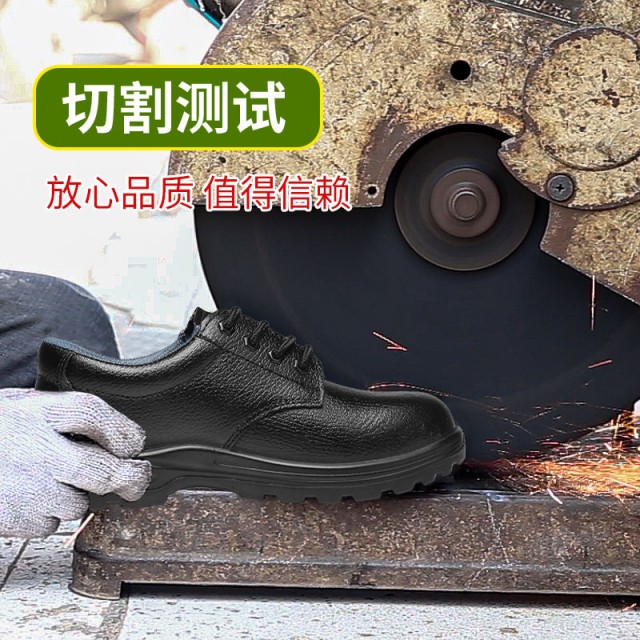Every year, workplace foot injuries cost industries millions in lost productivity and compensation claims. Yet research shows over 60% of these incidents could be prevented with proper protective footwear. This guide decodes how specific work boot safety features address distinct occupational hazards—helping distributors, brand owners, and bulk buyers like you make risk-aligned purchasing decisions.
Work Boot Safety Decoded: Matching Features to Workplace Risks
Safety boots aren’t one-size-fits-all. The most effective pairs combine features that counteract hazards prevalent in specific work environments. For example:
- Construction sites demand puncture-resistant soles to deflect nails and debris
- Electrical work requires non-conductive composite toes to prevent shock
- Chemical plants need soles resistant to corrosive substances
Understanding these pairings ensures workers get protection where they need it most.
Toe Protection: Beyond Basic Compression Resistance
Steel vs. Composite Toes: Choosing for Hazard Type
Steel toes (meeting ASTM F2413-18 standards) excel in heavy-impact environments like manufacturing, offering:
- Compression resistance up to 2,500 lbs
- Protection from falling objects
However, their conductivity makes them risky for electrical work. Composite toes solve this with:
- Non-metallic materials (fiberglass, carbon fiber)
- Equal impact protection without conducting heat/electricity
- Lighter weight (reducing fatigue by ~15% in field tests)
Pro Tip: For extreme cold, composite toes prevent heat loss—a common issue with steel in freezer warehouses.
Midsole Defense: Puncture Resistance in High-Risk Terrains
Construction and demolition sites scatter sharp debris. Puncture-resistant midsoles—typically a steel or Kevlar® layer—block:
- Nails penetrating the footbed
- Glass shards or metal scraps
Studies show these plates reduce puncture injuries by over 70% in warehouse settings. Look for boots labeled ASTM F2413-18 PR (Puncture Resistant).
Heat and Chemical Resistance for Extreme Environments
Thermal Protection Breakdown
| Hazard Type | Boot Feature | Example Use Case |
|---|---|---|
| Open flames | Heat-resistant outsoles | Foundry workers |
| Molten metal | Metatarsal guards | Steel mills |
| Sub-zero temps | Insulated liners | Cold storage |
Chemical-resistant boots use specialized rubber compounds (e.g., nitrile) that repel:
- Oil spills in garages
- Acid splashes in labs
Certifications and Standards: What ASTM Ratings Mean for You
ASTM labels are your assurance of tested protection:
- ASTM F2413-18: Covers impact/compression resistance and electrical hazard protection
- ASTM F3445-21: Rates slip resistance (critical for food processing plants)
Always verify certifications match your industry’s top risks.
Ready to equip your workforce with precision-engineered safety? 3515 partners with distributors and brands to deliver bulk work boots tailored to your hazard profiles—combining certified protection with all-day comfort. [Contact our team] for volume pricing on OSHA-compliant footwear solutions.
Related Products
- Wholesale Durable Safety Boots | Custom Steel Toe & Puncture-Resistant Manufacturing
- Custom Wholesale Leather Safety Boots Direct Factory Manufacturing
- Wholesale Slip-On Safety Boots Manufacturer - Custom Puncture-Proof & Steel Toe
- Durable Steel Toe Safety Boots Wholesale & Custom Manufacturing
- Wholesale Safety Footwear Manufacturer for Bulk & Custom OEM Orders
Related Articles
- Matching Men’s Work Shoe Safety Technologies to Workplace Hazards
- How to Choose Safety Footwear for Electrical Hazard Jobs: Steel Toe vs. Composite Toe
- How Safety Standards for Steel Toe Boots Protect Workers Beyond Impact Resistance
- How Safety Work Boots Engineer Protection: Features and Standards for Targeted Hazard Mitigation
- Steel Toe Boots vs. Modern Alternatives: Making the Right Safety Choice



















